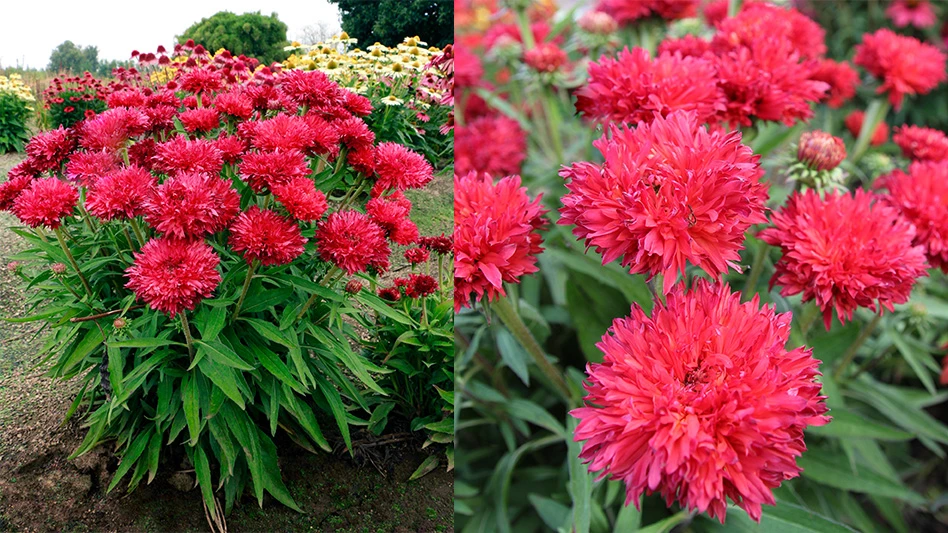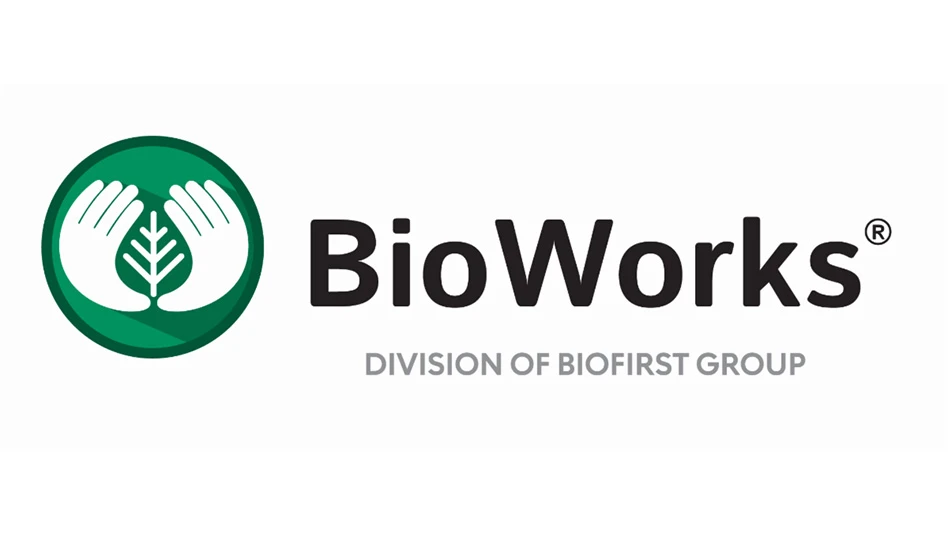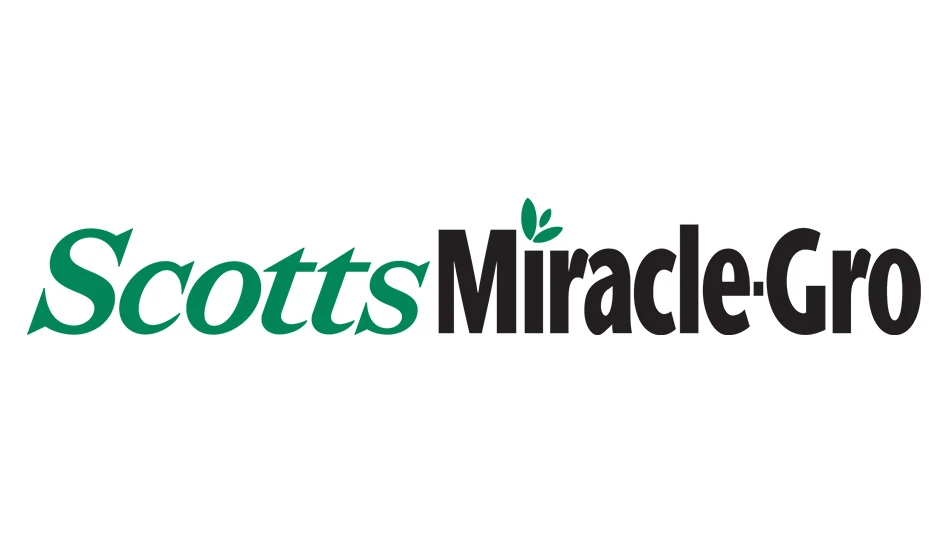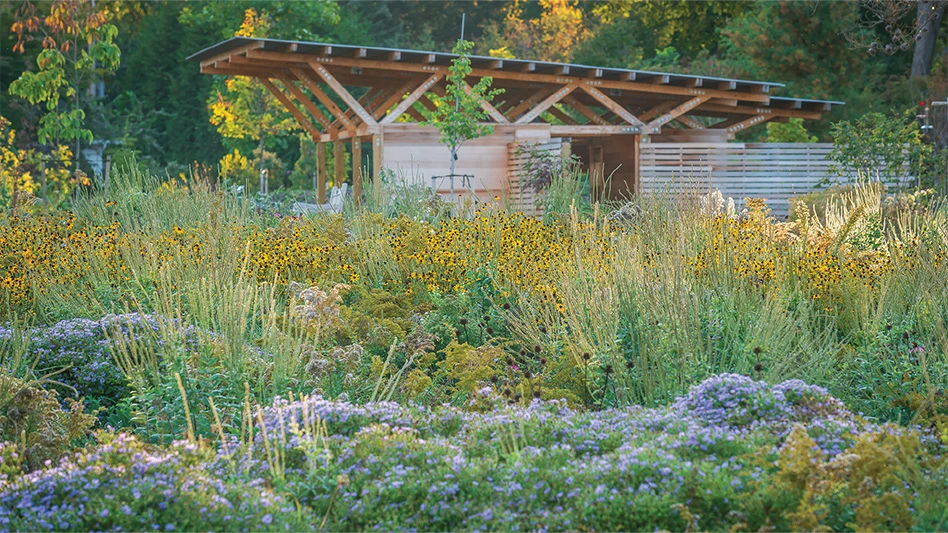
What is MilStop?
- MilStop is an EPA-registered, broad-spectrum foliar fungicide for curative control of powdery mildew and preventative control of many other foliar diseases.
- MilStop has a 1-hour REI and is compatible with many beneficial insects.
- The active ingredient in MilStop – Potassium Bicarbonate – has been approved by the Food and Drug Administration as a G.R.A.S. (Generally Regarded as Safe) product.
How does MilStop Work?
MilStop mode of action is almost immediate in causing the desiccation of fungal spores upon contact. It also inhibits enzymes involved in fungal cell wall formation by altering the pH levels on the leaf surface.
What diseases does MilStop control?
Alternaria blight, Anthracnose, Black Spot, Botrytis blight, Botrytis gray mold, Cercospora leaf blight, Corynespora leaf spot, Monilinea fruit and blossom rot, Downy mildew, Penicillium spp., Phomopsis blight, Powdery mildew, Rust, Scab, Septoria leaf spot.
On what crops is MilStop labeled?
MilStop is labeled on over 85 annual and perennial flowers, ornamental and shade trees, woody and herbaceous ornamentals, many herbs and vegetables, and fruit and nut trees. See label for specific crops.
What are the application rates?
Apply 2.5 to 5.0 lbs of MilStop per acre per week. For low growing crops such as bedding plants, BioWorks recommends between 25 to 50 gallons of water be applied per acre. For medium height crops, apply between 50 to 100 gallons of water and for taller crops such as roses, apply between 100 to 200 gallons per acre.
Always read and follow the label directions.
Chemical Compatibility
- MilStop is compatible with most chemical pesticides and can be used in a rotation with chemicals in an Integrated Pest Management approach to disease control.
- MilStop can be used as a stand-alone fungicide for foliar disease control.
- Use caution when tank mixing. MilStop contains 2 surfactants. Tank mixing with other pesticides containing surfactants may increase the risk of phytotoxicity. Always test on a small scale before expanding to large scale use. Be cautious when tank mixing with chemicals sensitive to high pH. MilStop in solution has a pH of 8.0.
Latest from Greenhouse Management
- Grant awarded to test western U.S. wood species for use as wood fiber potting substrate
- Pennsylvania Horticultural Society announces 2025 Gold Medal Plant winners
- Oasis Grower Solutions announces new Southeast territory sales manager
- A nation of gardeners: A history of the British horticulture industry
- Last Word with Angela Labrum, Bailey Nurseries
- Iowa plant supplier Plantpeddler building retail complex
- This month's Greenhouse Management magazine is about native plants and sustainability
- The HC Companies, Classic Home & Garden merge as Growscape





